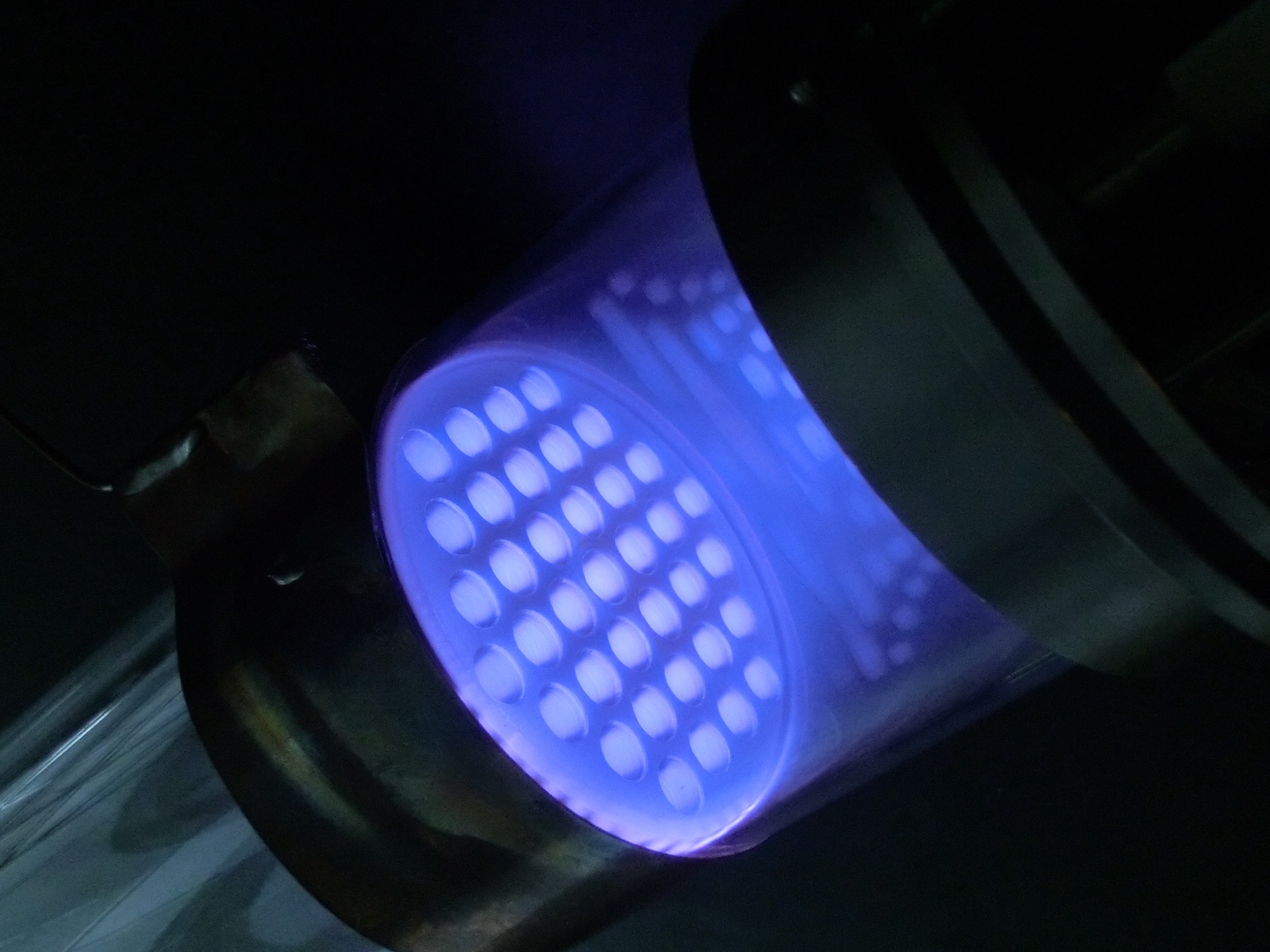Discover our breakthrough plasma-created drop-in silicon designed to completely replace graphite in any lithium-ion battery. Our technology immediately boosts cell energy density with excellent cycle life, minimizes battery weight and size, while dramatically reducing costs for cell manufacturers worldwide.
Our silicon anode material, with 60-80% silicon by weight - one of the highest on the market - delivers four to five times the energy density of graphite, boosting performance for electric vehicles, drones, and more.
Our patented low-temperature plasma process offers a simple, industrially proven, scalable solution with production energy costs as low as $0.50 per kilogram of silicon.


Named after plasma—the fourth state of matter—4th State Energies was founded on breakthrough research from the University of California, Riverside, and the University of Minnesota. Backed by over $1 million in grants from the U.S. Department of Energy and the California Energy Commission, we have developed plasma-created silicon anode technology that completely replaces graphite in lithium-ion batteries. This process, already industrially proven to scale up seamlessly with low capital investment in the semiconductor and photovoltaics industries, enhances energy density, reduces battery weight and size, and lowers costs for cell manufacturers worldwide.
We envision a world where energy storage is no longer a limiting factor in innovation. By making high-performance, low-cost, and sustainable battery technology accessible, we aim to accelerate the global transition toward clean energy solutions across a range of industries.
Our mission is to deliver revolutionary silicon that drastically enhance the energy density of lithium-ion batteries, while lowering production costs and environmental impact. We are committed to leading the next wave of silicon battery innovation by providing cell manufacturers with a drop-in replacement for graphite that integrates seamlessly into existing production lines.








Boost energy density for longer range and faster charging times.
Enhance flight duration and reliability with lightweight, high-energy batteries.
Power smaller, more efficient devices with extended battery life.
Enable critical systems with reliable, high-performance energy storage.
Our silicon delivers four to five times the energy density of traditional graphite and delivers industry-leading cycle life, without the need for graphite blends or special protocols. We have third-party validated this in real-life pouch cells.
Our room-temperature plasma process produces silicon at significantly reduced costs, with energy expenses as low as $0.50 per kilogram.
Our plasma process operates at room temperature, produces minimal waste and emissions, and has already been in use at scale in the photovoltaic and semiconductor industries. It seamlessly scales from lab to kiloton with low capital investment.
Our silicon is third-party validated and ready for immediate integration into existing battery manufacturing pipelines, requiring no capital investment for adoption by cell manufacturers.
Tested by industry leaders, our silicon-dominant anodes maintain 80% capacity retention after 500 cycles without pre-lithiation, graphite blending, or complex protocols, making them some of the most stable silicon-dominant anodes reported to date. Already far exceeding our beachhead market needs, a 1000-cycle life is well within reach.
Our silicon-first design sets us apart by being 100% graphite-free, enabling up to 50-60% silicon content in anodes. This approach maximizes cell energy density, offering one of the highest capacities in the market.
At 4th State Energies, we are on a mission to revolutionize
the energy storage industry through cutting-edge, scalable
plasma-created silicon anode technology.
Follow us on LinkedIn: